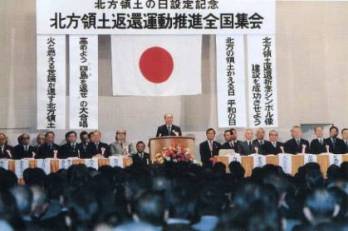History of the Irredentist Movement
1. The beginning of the Campaign for the Return of the Northern Territories
The Campaign for the Return of the Northern Territories began
shortly after the four northern islands were occupied by the
Soviet Union. On December 1, 1945, Mayor Ishisuke Ando of
Nemuro, who took the initiative in accepting repatriates from
the islands, submitted a petition to General MacArthur, the
Supreme Commander of the Allied Powers, demanding the return
of the Northern Territories. This was the first petition to
demand the return of these territories, and it marked the
start of the nationwide irredentist campaign that is
commemorated on December 1.
In this way, the movement to demand the return of the
Northern Territories that began among former islanders and in
Nemuro, adjacent to the four islands, eventually spread
throughout Hokkaido and the country.
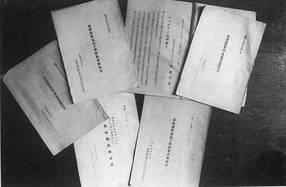
2. Establishment of prefectural councils for the irredentist movement
Then, the Campaign for the Return of the Northern Territories spread throughout the country as a national movement, and a prefectural council for the irredentist movement was organized as a promotional foundation in each region. The establishment of such a council began in Hokkaido, followed by Miyagi Prefecture in 1970 and Aomori Prefecture in 1973. Supported by the establishment of a system to commission council members for each prefecture, branch councils were finally established in all prefectures when the Shimane Prefectural Council was formed in 1987.
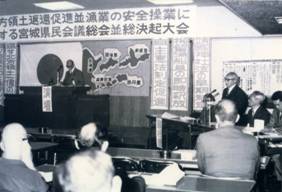
3. Establishment of a logo for the return of the islands
In 1977, the Northern Territories Issue Association invited
people from throughout Japan to submit designs for a logo
symbolizing a further upsurge in public opinion and the
continuation of a strong irredentist movement in order to
promote the early return of the Northern Territories. In
response, 2,886 entries were submitted from all prefectures,
with the winning entries chosen by experts.
In the end, a work that was easy to understand as a
symbol of the irredentist movement and that was excellent in
design was selected for the highest award, and it was decided
as the Northern Territories irredentism logo.
This logo is currently used at gatherings, lectures and
street awareness-raising activities for demanding the return
of the Northern Territories, and for pamphlets, posters and
business cards in various scenes of the irredentist movement.
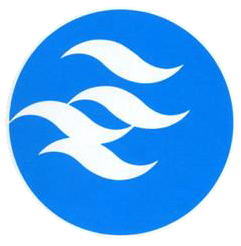
4. Construction of a symbolic statue for the return of the islands
A statue named the Bridge to the Four Islands stands in Bokyo
no Misaki Park at Cape Nosappu in Nemuro. This statue was
created to mobilize the strong desires and prayers of those
seeking the return of the Northern Territories and to
symbolize their determination to earnestly continue the
irredentist movement until the Northern Territories are
returned.
Toward the construction of this symbolic statue, a foundation
was established in 1978, and fundraising activities were conducted
nationwide with the thoughts of the people. The design and the
name “Bridge to the Four Islands” were solicited from the public,
and the statue was completed in 1981.
The “Flame of Prayer” is kept burning under the symbolic
statue. A torch was ignited on Hateruma Island at the southern
tip of Okinawa and relayed to Nemuro by people nationwide.
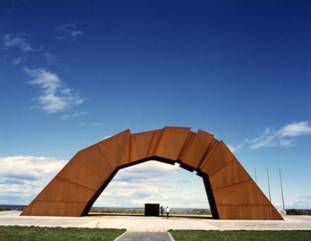
5. Designation of February 7 as Northern Territories Day
As the Campaign for the Return of the Northern Territories
spread, various organizations called for the establishment of
“Northern Territories Day.” In November 1980, the Diet voted in
favor of establishing that day, and prefectural and municipal
assemblies nationwide adopted similar resolutions.
In light of such strong demands and opinions from various
fields and communities, the government designated February 7 as
“Northern Territories Day” with the approval of the Cabinet in
1981.
Since then, the National Rally for the Return of the
Northern Territories has been held on February 7 every year, and
various awareness-raising activities have been conducted in
February, Northern Territories Reversion Month.
Why is February 7 Northern Territories Day?
February 7, 1855 was the date on which the Treaty of Commerce, Navigation and Delimitation between Japan and Russia was signed in Shimoda, Izu. This treaty demarcated the border between Russia and Japan as being between the islands of Etorofu and Uruppu, and the four northern islands were peacefully established as Japanese territory. Due to its historical significance and the purpose of the irredentist movement, which calls for the return of the Northern Territories through peaceful diplomatic negotiations, the day was considered the most appropriate for Northern Territories Day.
